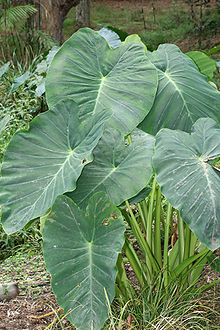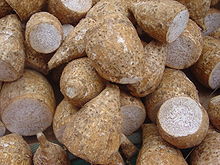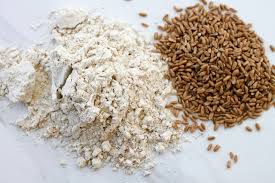25 June 2016

Heard of these?
Taro Root:
Taro root, which is the thick, tuber stalk of the taro plant is an extremely important part of global cuisines and diets, and has been for thousands of years.The most common form is dasheen, and the plant is also commonly known as “elephant ears”, due to the shape of the broad leaves, it can be cultivated for decorative or floral reasons.
The leaves, roots, and corms can be used as dietary ingredients, but the plant must be cooked; it is toxic in its raw form
Taro root is a starchy vegetable that is commonly used in place of a potato. Its hairy outer coating on its surface is similar to a coconut. The hairy outer layer is always removed with caution since skin irritation can arise caused by the juices secreted by the taro root. It is recommended to use protective rubber gloves when handling this tuber.Taro is higher in calories than potatoes but low in fat and a good source of protein, although free from gluten protein – good source of b complex vitamins.
The health benefits of taro include its ability to improve digestion, lower your blood sugar levels, prevent certain types of cancers, protect the skin, boost vision health, increase circulation, decrease blood pressure, aid the immune system, and prevent heart disease, while also supporting muscle and nerve health.
Spelt Flour:
Experience a new savoury product range made from SPELT flour…
Spelt, also known as dinkel wheat, or hulled wheat, is a species of wheat cultivated since 5000 BC.
It is a healthier alternative to highly processed white flour.
Spelt has slightly fewer calories than wheat flour but is higher in protein, lower in fibre and easy to digest.
It has a nutty and slightly sweet flavour, similar to that of whole wheat flour and it does contain gluten.
Spelt is a low allergy, high energy flour, ideal for those who are intolerant to normal wheat flour; excellent for breads as well as cakes and biscuits.




